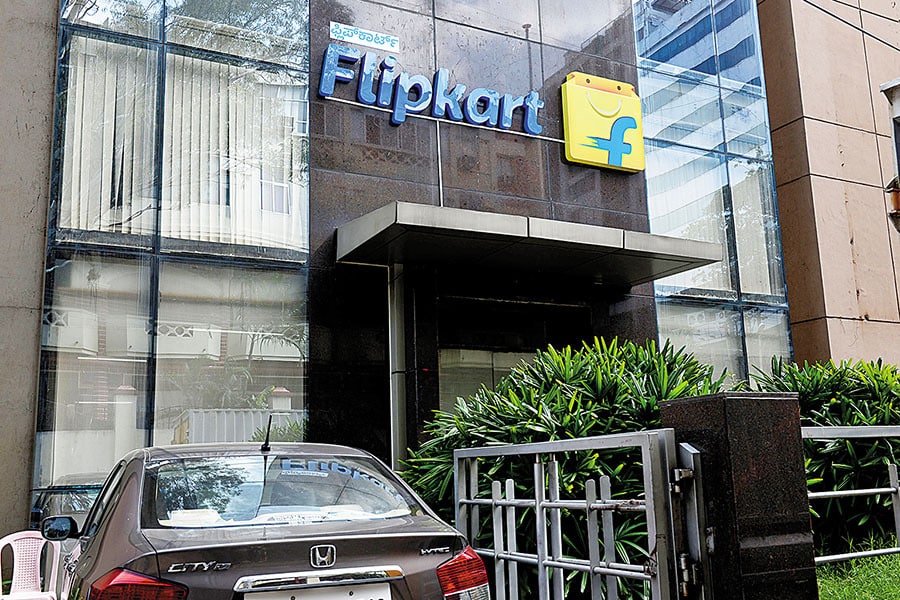
Covid-19: How the digital wave gripped India Inc, startups
Across sectors in India, the Covid-19 crisis pushed businesses to embrace technology at a rate they wouldn't have thought possible otherwise. Will it sustain?
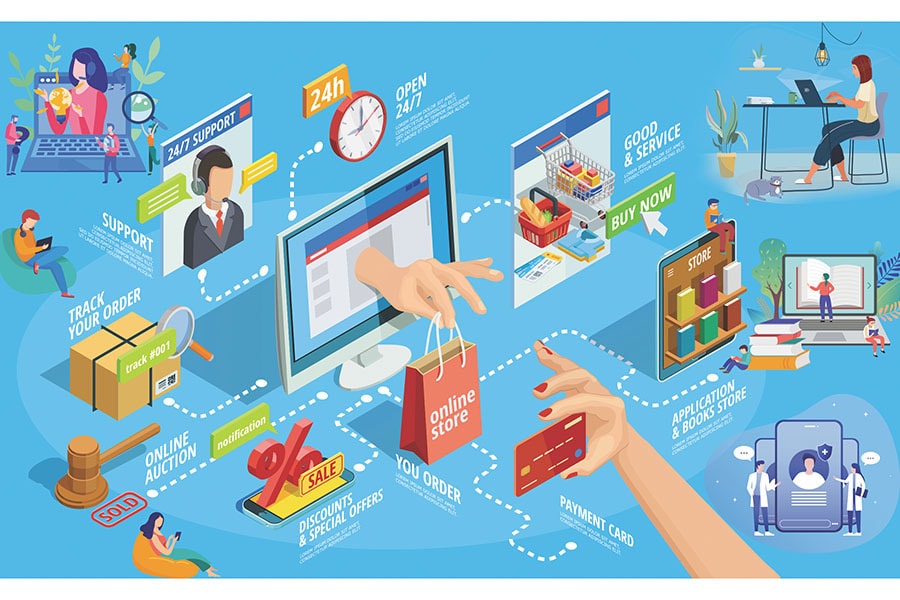 In November, the state government of Maharashtra launched a programme called Swadhyay to improve the online education of children around the state. The programme tapped WhatsApp to provide weekly assessments and learning activities to students in classes 1 to 10. Six weeks into the programme, some 1.1 million students in the state were using the service, according to ConveGenius, a Noida-based education tech-social enterprise.
In November, the state government of Maharashtra launched a programme called Swadhyay to improve the online education of children around the state. The programme tapped WhatsApp to provide weekly assessments and learning activities to students in classes 1 to 10. Six weeks into the programme, some 1.1 million students in the state were using the service, according to ConveGenius, a Noida-based education tech-social enterprise.
Maharashtra tapped the expertise of ConveGenius and Leadership For Equity, an organisation working to bring positive change to education systems. A cloud services company, Cloudstrats, is helping the state put the programme on the internet. The programme is open to students of schools affiliated to the state education board and is run by the State Council for Education Research and Training.
Poor households even shared smartphones among themselves so that their children could access these tests and activities, said ConveGenius in a press release.
In such ways, ‘digital transformation’, a term commonly associated with large businesses looking to use technology to improve their operations, is slowly becoming a reality even in small-town India, driven by the sheer need for innovation during a global pandemic. Swadhyay is also an example of how grassroots initiatives in India are playing a role in transforming the country into a market for digital services that investors around the world are increasingly interested in.
“Covid-19 is really providing a tailwind for the segment. In the last six months a considerable amount of demand has been brought forward and broader use has emerged. The amount of progress in a short period of time is really stunning,” said Bob van Dijk, CEO of Naspers, in November, discussing the company’s performance in the six months ended September 30.
South Africa-based Naspers, a multi-billion dollar internet economy group with investments around the world, is a leading investor in ed-tech startups, including Byju’s in India. Helped by the pandemic, “Byju’s saw 180 percent growth in students on top of very high growth rates over the last few years,” van Dijk said at a conference on November 24.
(This story appears in the 30 November, -0001 issue of Forbes India. To visit our Archives, click here.)

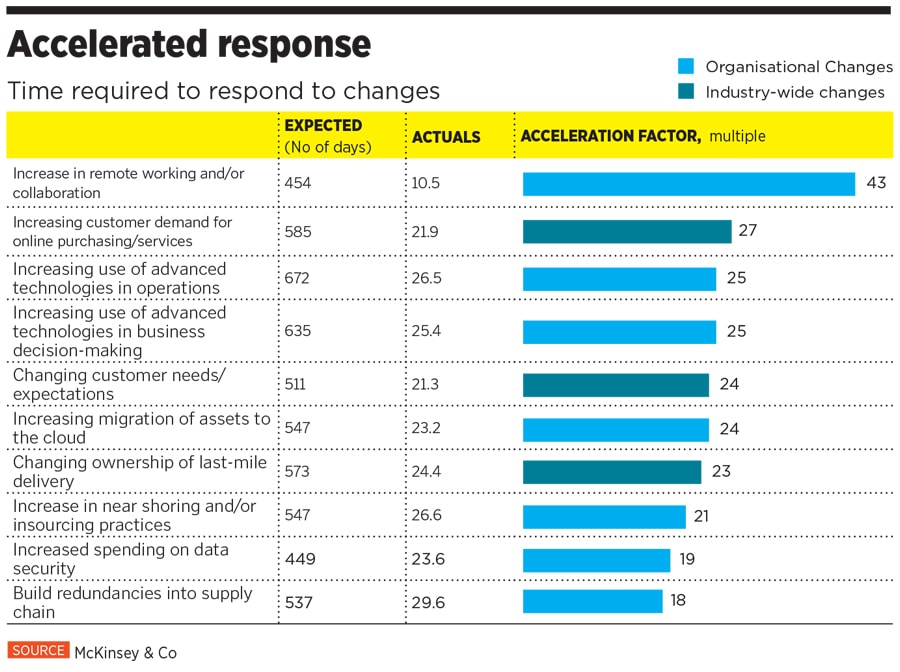
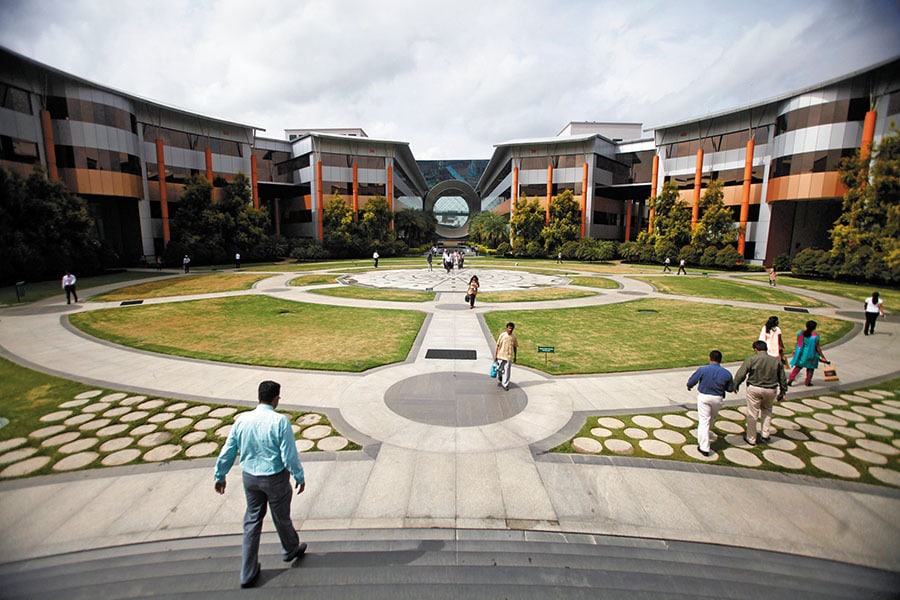
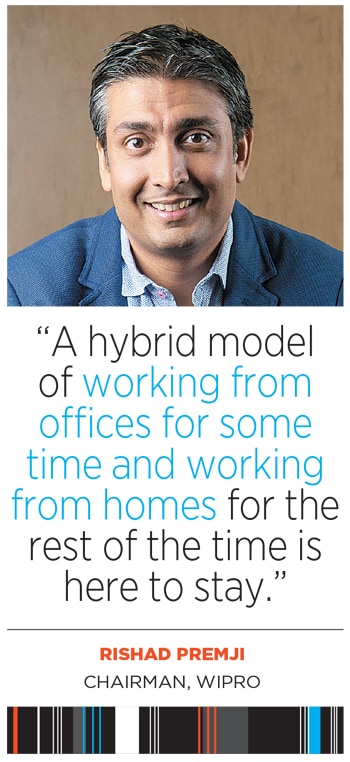 Even after the world has come to grips with the pandemic, a hybrid model of working from offices for some time and working from homes for the rest of the time is here to stay, said Rishad Premji, chairman of Infosys’s rival Wipro, to analysts in November.
Even after the world has come to grips with the pandemic, a hybrid model of working from offices for some time and working from homes for the rest of the time is here to stay, said Rishad Premji, chairman of Infosys’s rival Wipro, to analysts in November.
